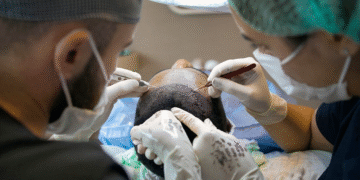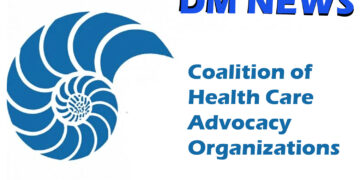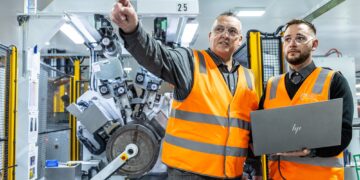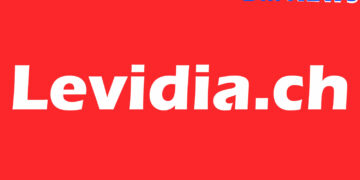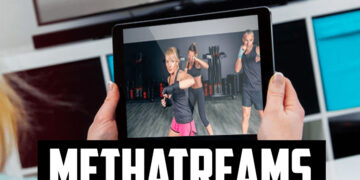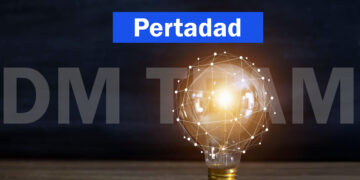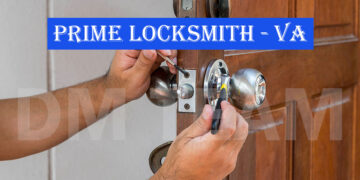Kalibraatio is the Finnish word for calibration. In simple terms, calibration is the act of checking a measuring tool against a trusted reference and seeing how far it is from the true value. If you work in a lab, factory, hospital, or even do field service, good calibration helps you make safe, correct, and repeatable decisions.
1) What is calibration?
Calibration compares a device under test (your instrument) with a reference standard that is already known and trusted. After the comparison, you can describe the error (how far off your instrument is) and the uncertainty of the result. This is the core idea in metrology.
A common mistake is to think that “calibration” always means “fixing” the device. It does not. Calibration is the comparison. If someone changes the device to reduce the error, that is called an adjustment (more on this below).
2) Why is calibration important?
- Quality and safety: Wrong readings can cause waste, product failure, or safety risks.
- Compliance: Many industries must show traceable measurements to pass audits.
- Trust: Customers and partners trust results when you can show traceability and competent methods.
International standards like ISO/IEC 17025 help labs prove they are competent, impartial, and consistent. Using a 17025-accredited lab increases confidence that your results are valid and traceable.
In Finland and many other countries, national accreditation bodies (for example, FINAS) explain that accredited calibration labs “transfer traceability” through an unbroken chain of comparisons, each with stated uncertainties. This makes results comparable across places and time.
3) Key terms you will see
- Reference standard: A trusted device or artifact with a known value, often linked to national or international standards.
- Traceability: A proof path that links your result back to SI units or recognized references through a chain of calibrations with known uncertainties.
- Measurement uncertainty: A number that shows how much doubt remains in the result; uncertainty is part of every measurement, even after calibration.
- Tolerance: The maximum error allowed for the instrument in your process.
- Adjustment: A change to the device to reduce error after calibration shows it is out of tolerance.
4) Calibration vs. adjustment (easy comparison)
Think of a wall clock:
- Calibration: You compare the clock to a GPS time source and note the difference: “It is 45 seconds slow.”
- Adjustment: You turn the knob to set the hands so the clock matches the GPS time.
In metrology, calibration is the measured comparison; adjustment is the intervention you do only if needed. Many experts stress this difference because calibration results can be valid even if no adjustment is made.
5) How a calibration usually works (step by step)
- Identify the instrument and its role
What is the device? How critical is it to product quality or safety? - Choose the reference
Use a standard with smaller uncertainty than your device. The standard should be linked (traceable) to national or international references. - Set conditions
Control factors like temperature and humidity. Follow the method and the instrument maker’s instructions. - Compare readings
Measure several points across the range. Record the device readings and the standard’s values. - Calculate error and uncertainty
Quantify the difference and the measurement uncertainty using accepted guides. - Decide action
Is the error within your tolerance? If not, adjust or repair the instrument, or replace it if it is not stable or cost-effective to fix. - Report and label
Issue a calibration certificate with results, uncertainty, method, conditions, and traceability. Keep records and label the instrument with date, due date, and ID.
6) Uncertainty in plain words
Every measurement has some spread around the “true” value. Uncertainty is a number that tells you how wide that spread might be based on the information you have. When you read a calibration report, look for the expanded uncertainty and the coverage factor (often k = 2, about a 95% level). If you understand uncertainty, you can judge if your process is still safe when an instrument is near its limit.
7) What is ISO/IEC 17025 and why does it help?
ISO/IEC 17025 is the main international standard for testing and calibration labs. It sets requirements for competence, impartiality, and consistent operation. When a lab is accredited to 17025, it has been assessed by an independent body and found competent for the listed scopes. This gives you confidence that the lab uses proper methods, controls uncertainty, and keeps traceability.
In practice, many companies ask for 17025-accredited calibration because it reduces risk during audits and customer reviews. National metrology and accreditation bodies (for example, FINAS in Finland) describe how such accreditation supports mutual recognition of results.
8) How often should you calibrate?
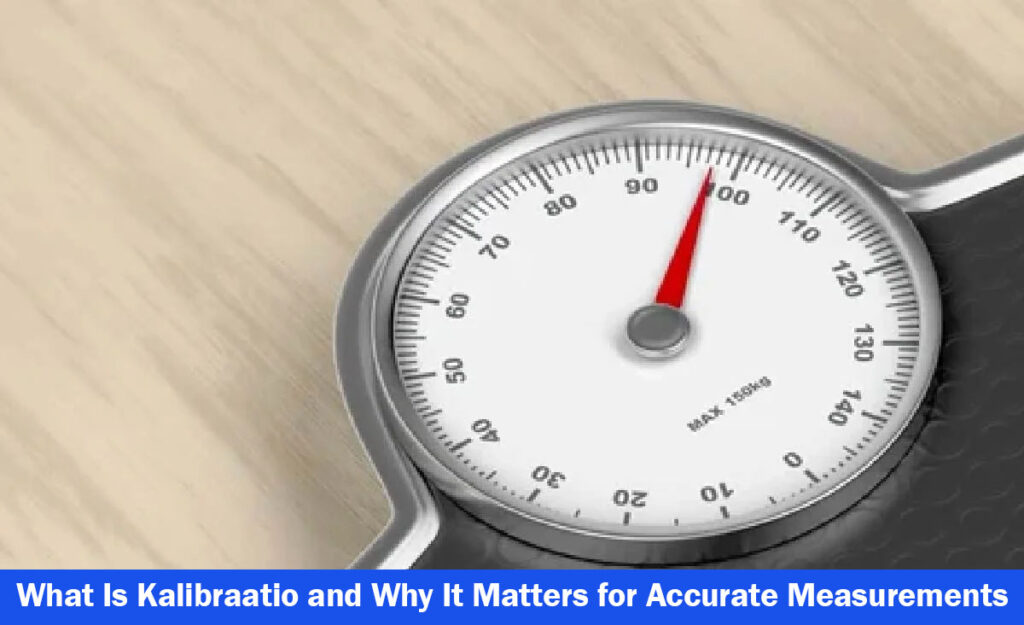
There is no single rule for all devices. Your calibration interval depends on:
- how critical the measurement is
- the stability and age of the instrument
- the environment (shock, vibration, temperature, humidity)
- the usage level
- past drift history
Good labs and quality teams set intervals based on risk. If a device is stable and low-risk, the interval can be longer; if it is critical or harshly used, the interval should be shorter. Many industrial metrology providers and national institutes recommend a risk-based approach rather than a fixed number for every device.
9) Picking a calibration provider (a quick checklist)
- Accreditation: Prefer a 17025-accredited lab for critical instruments. Check the scope to make sure your instrument and range are covered.
- Traceability stated: The certificate should show traceability to national or international standards.
- Uncertainty listed: Reports should include measurement uncertainty for the points tested.
- Clear methods and data: You should see the method used, the conditions, and before/after data if an adjustment was performed.
- Support and lead time: Ask about turnaround, loaners, and on-site options.
- Local competence: In some fields (for example, air quality in Finland), there are designated institutes working with the national metrology institute to keep measurements traceable to SI units.
10) Examples across sectors
- Manufacturing and process plants: Pressure, temperature, flow, and level sensors must be right to keep product quality and safety.
- Labs and research: Balances, pipettes, spectrometers, and chromatographs need traceable calibration to ensure valid data and to compare results with other labs.
- Healthcare: Blood pressure monitors, thermometers, and other medical devices must be accurate for patient safety.
- Environmental monitoring: Gas analyzers and particulate monitors are calibrated so cities can trust air quality data; national bodies maintain standards for these.
- Electronics and test: Multimeters and oscilloscopes use traceable standards to verify voltage, current, resistance, and time/frequency.
11) Common mistakes to avoid
- Thinking a “pass” means zero error. Even in tolerance, your device has some error and uncertainty. Know the numbers.
- Confusing calibration with adjustment. You might get a valid calibration report even if no adjustment was made. That is normal.
- Ignoring the measurement conditions. Temperature, humidity, warm-up time, and handling can affect results.
- Never updating intervals. Use drift history and risk to extend or shorten intervals.
12) How to read a calibration certificate (simple guide)
- Instrument details: Model, serial number, range.
- Method and points: What was tested and how.
- Results: Error at each point.
- Uncertainty: Expanded uncertainty and coverage factor (often k = 2).
- Traceability: How results link to standards (often national or international).
- Accreditation marks: If the lab is 17025-accredited, the certificate often carries an accreditation symbol.
13) Final thoughts
Calibration is not just a box to tick. It is a system that protects product quality, safety, and trust. If you focus on three things: traceability, uncertainty, and competence, you will already be ahead of many teams. Choose providers with solid accreditation, read the certificate, and set intervals based on risk and history. This way, your measurements will support good decisions every day.
Frequently Asked Questions (FAQs)
- What does “kalibraatio” mean?
It means calibration in Finnish: comparing your device with a known standard to evaluate error and uncertainty. - Is calibration the same as adjustment?
No. Calibration is the comparison; adjustment is the fix you may do after the comparison. - Why should I care about uncertainty?
Uncertainty shows the range of doubt around a result. It helps you judge risk near limits and make safer decisions. - What is ISO/IEC 17025?
It is the main international standard for testing and calibration labs. It sets rules for competence, impartiality, and consistent work. - What is traceability?
Traceability links your result to SI units or accepted references through an unbroken chain of calibrations with known uncertainties. - Who provides calibration in Finland?
Accredited labs under FINAS provide calibration, and designated institutes (for example, in air quality) help keep results linked to SI units. - How often should I calibrate?
It depends on risk, device stability, use, and environment. Review drift history and adjust the interval as needed. - What should be on a calibration certificate?
Method, points, results, uncertainty, and traceability; if accredited, you will also see 17025 markings. - Can a device pass calibration without adjustment?
Yes. If the error is within tolerance, no change is needed. The report still records the measured error and uncertainty. - Where can I learn more about uncertainty methods?
NIST provides clear guides and tools to help with GUM-based evaluations.
Relatable topic: Techsslaash com, Pabington, Zupfadtazak, CHCAO, Levidia.ch




